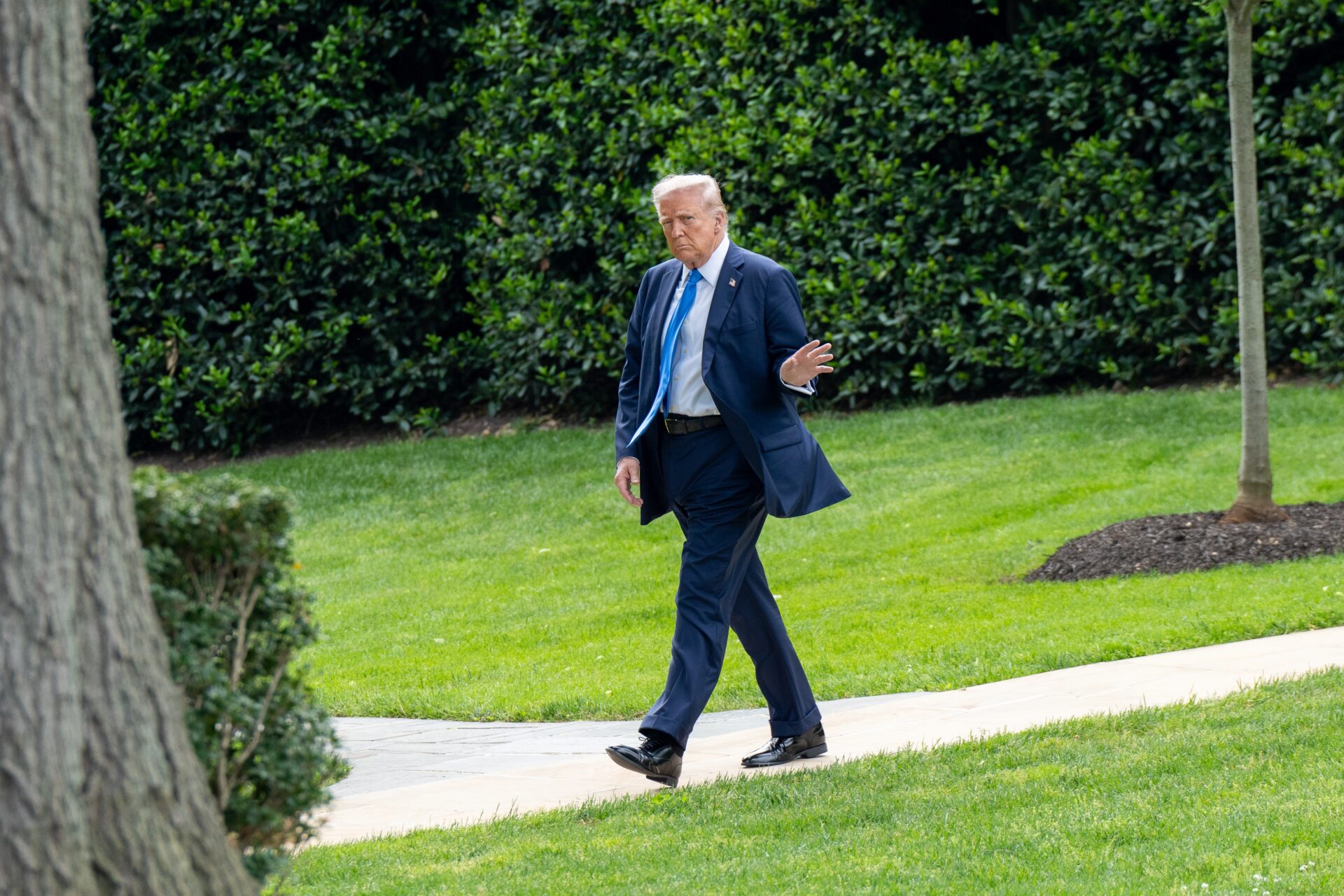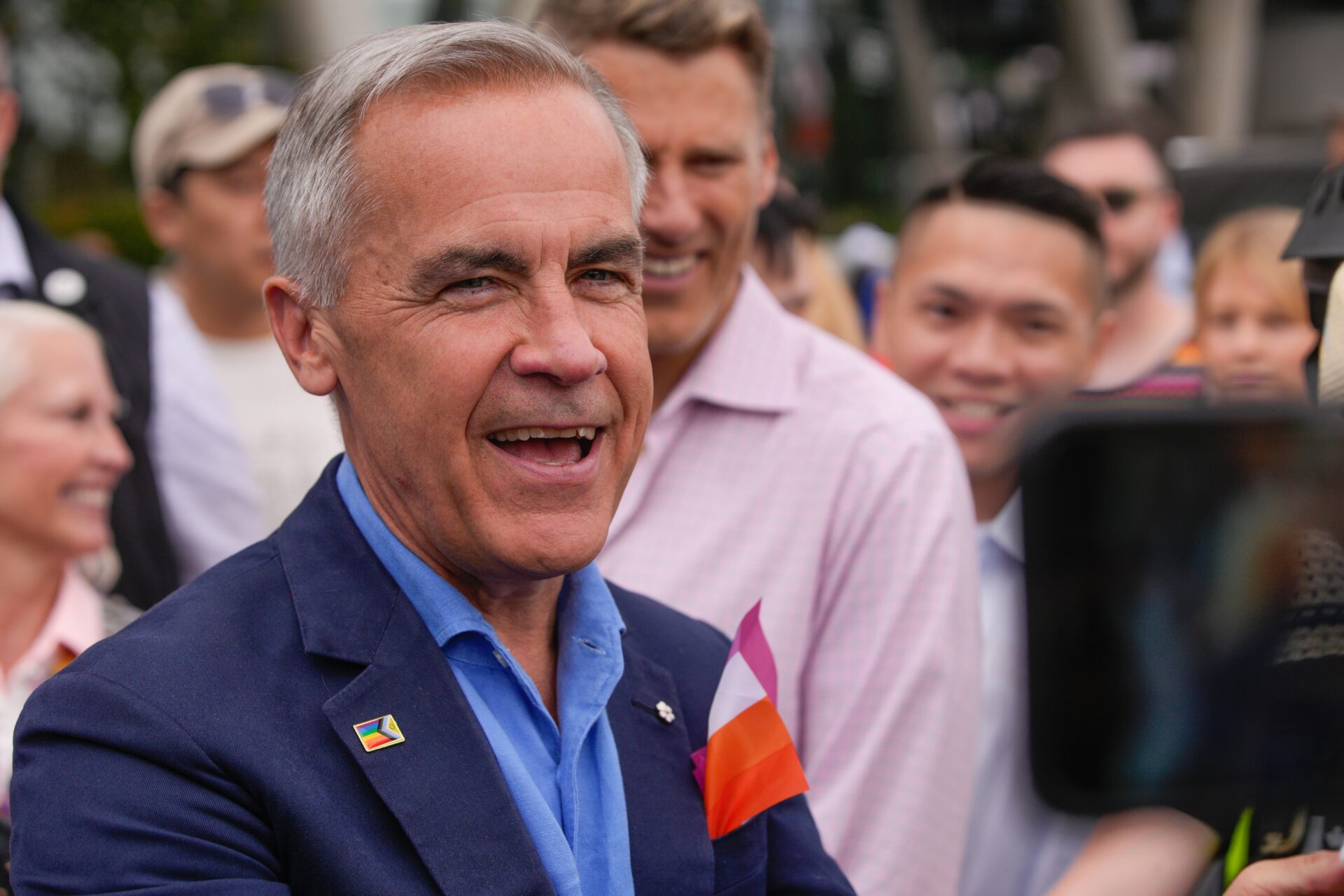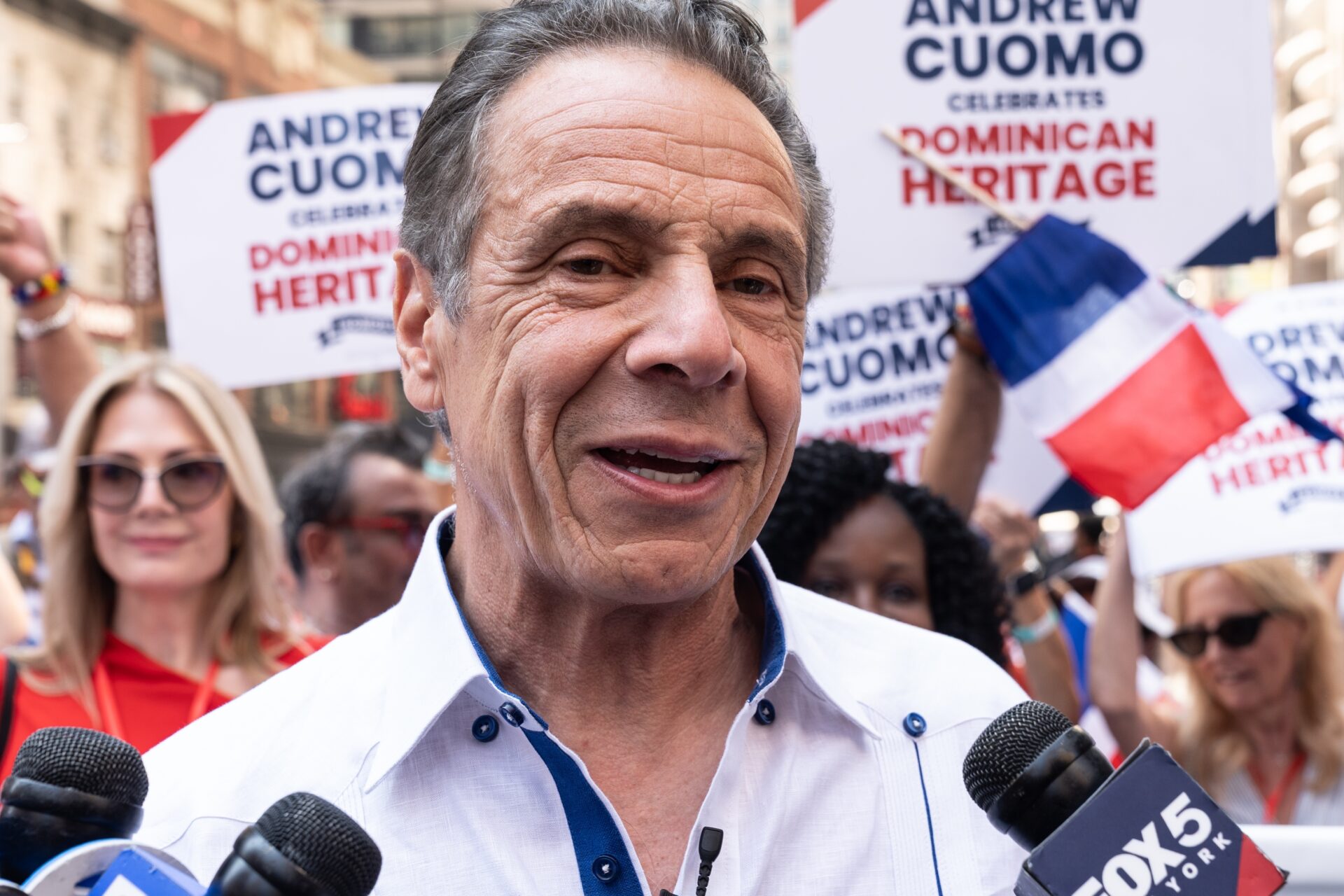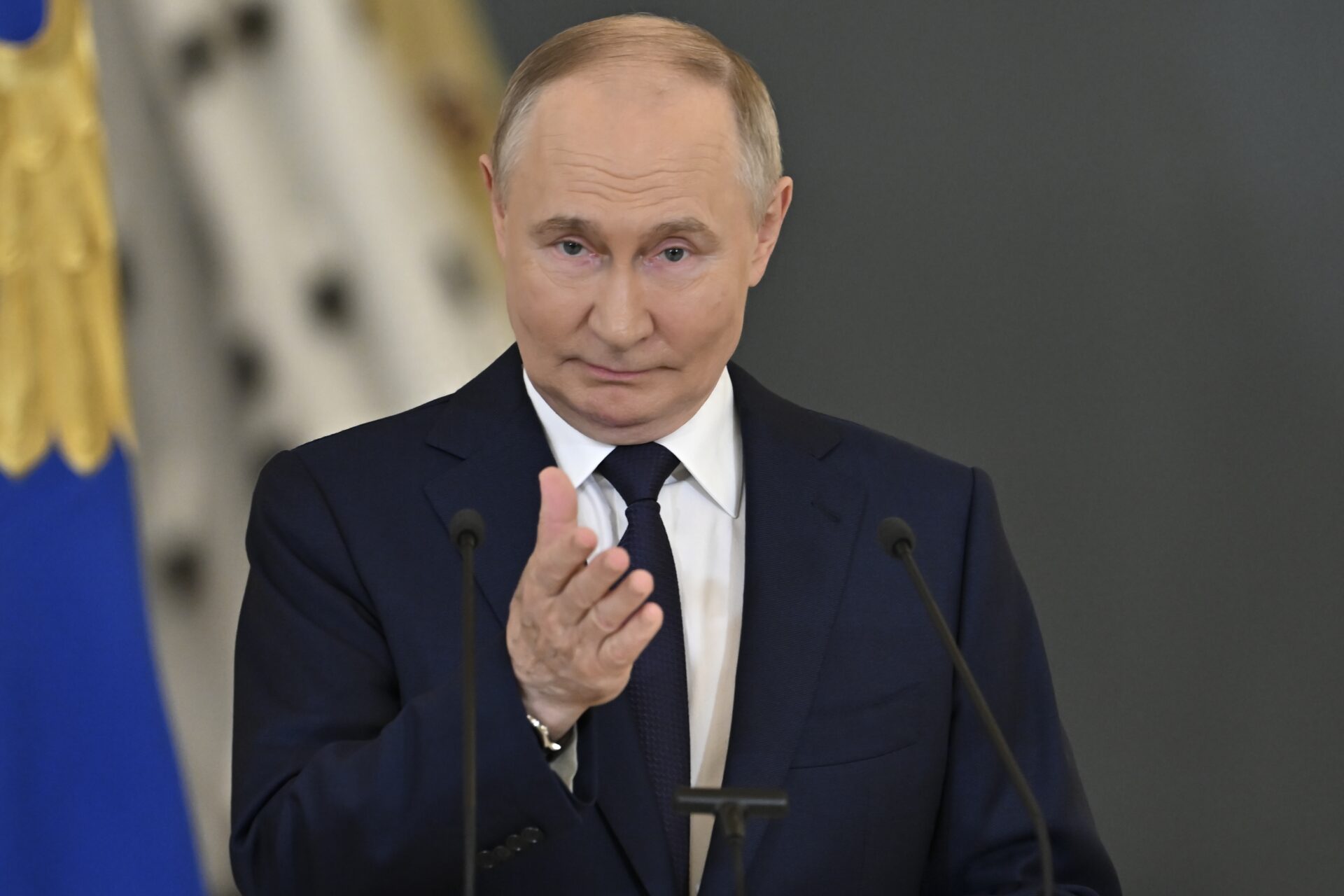
Trump’s DC Takeover Move BACKFIRES?
President Trump’s federalization of Washington, D.C.’s police and deployment of National Guard troops has sparked protests, legal battles, and concerns over the limits of presidential authority.
At a Glance
- Trump declared a public safety emergency on August 11, 2025, federalizing D.C.’s police force and appointing Attorney General Pam Bondi to oversee law enforcement.
- D.C. Attorney General Brian Schwalb sued to block the order, calling it a violation of the District’s Home Rule powers.
- Over 1,400 National Guard troops, including reinforcements from West Virginia, South Carolina, and Ohio, have been activated in the city.
- Large protests formed at Dupont Circle and near the White House, with demonstrators opposing the federal occupation.
- Roughly 70 homeless encampments were cleared in sweeps criticized as harmful to vulnerable residents.
Legal Standoff in the Capital
President Trump’s emergency declaration marked a dramatic assertion of federal authority over Washington, D.C., bypassing local leadership to place policing directly under federal control. The move allowed Trump to install Attorney General Pam Bondi as coordinator of public safety efforts. Supporters framed the takeover as a necessary response to crime and disorder, while critics viewed it as a dangerous overreach.
D.C. Attorney General Brian Schwalb quickly challenged the action in court, calling it an “unlawful power grab” that undermines the District’s Home Rule Act. That law permits federal intervention only for 30 days without congressional approval. The administration has suggested it could extend authority beyond that window through emergency powers, a move likely to escalate the legal confrontation.
Watch now: Massive Washington DC Protest Against Trump’s Federal Police Takeover · YouTube
Deployment and Protest Response
To bolster the takeover, the administration activated more than 1,400 National Guard personnel, including units from West Virginia, South Carolina, and Ohio. Local Guard members were already operating in the city, but reinforcements were dispatched to secure federal sites and assist with patrols.
The response drew thousands of protesters. Demonstrations at Dupont Circle spilled into nearby streets, with marches heading toward the White House. Protesters carried banners opposing “military occupation” and criticized what they saw as authoritarian tactics. Police reported dozens of arrests, though most gatherings remained largely peaceful.
Human Impact of Enforcement
Beyond legal battles and visible troop deployments, the most immediate effects were felt by D.C.’s most vulnerable populations. Approximately 70 homeless encampments across the city were dismantled in coordinated sweeps. Some residents were offered temporary shelter, while others were forced to vacate without alternatives. Advocacy groups condemned the operation as abrupt and harmful, accusing federal officials of prioritizing appearances over humane solutions.
Immigration enforcement also intensified, with federal checkpoints reported in several neighborhoods. Nearly 200 individuals were detained in the first week of the crackdown, many of them undocumented immigrants. The measures fueled additional protest activity and heightened mistrust in affected communities.
Daily Life Under Watch
Residents reported visible shifts in the city’s atmosphere. On U Street, a corridor known for nightlife, businesses stayed open but faced smaller crowds and heightened tension. Some establishments closed early, citing the heavy presence of law enforcement and unmarked federal vehicles patrolling nearby blocks.
Incidents underscored the mood: in one case, a federal employee threw a sandwich at an agent, resulting in felony charges. While unusual, the episode symbolized the intensity of frustration among some locals living under what they view as federal occupation.
Sources
Associated Press
The Guardian
The Washington Post
People
New York Post


